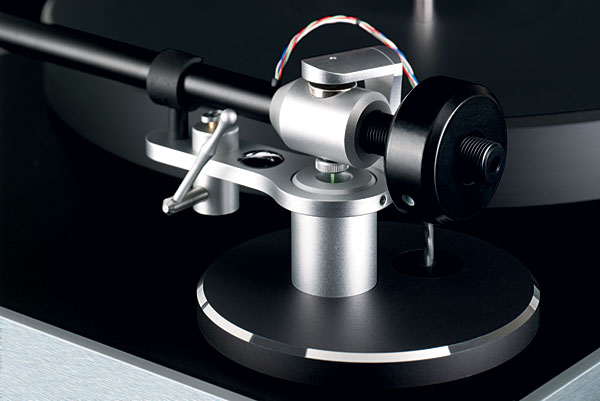| Columns Retired Columns & Blogs |
Going to stick my neck out but I have to think that the Concept would probably sound as good as a Linn LP12 Majik (the basic version) for less money than the Linn costs, which shows what great value and quality entry level turntables have become. I know some will disagree but as someone who has owned an LP12 this has been my observation over the years. Here come the arrows!








































